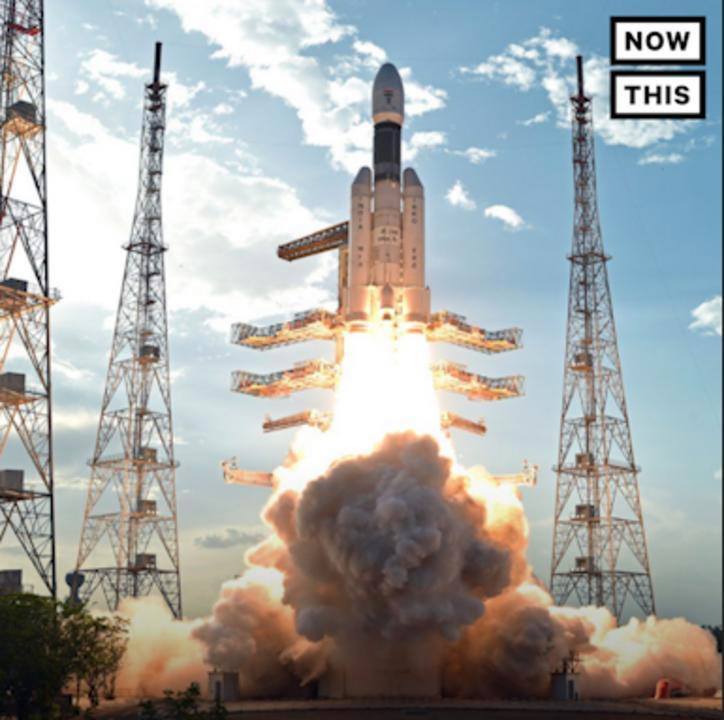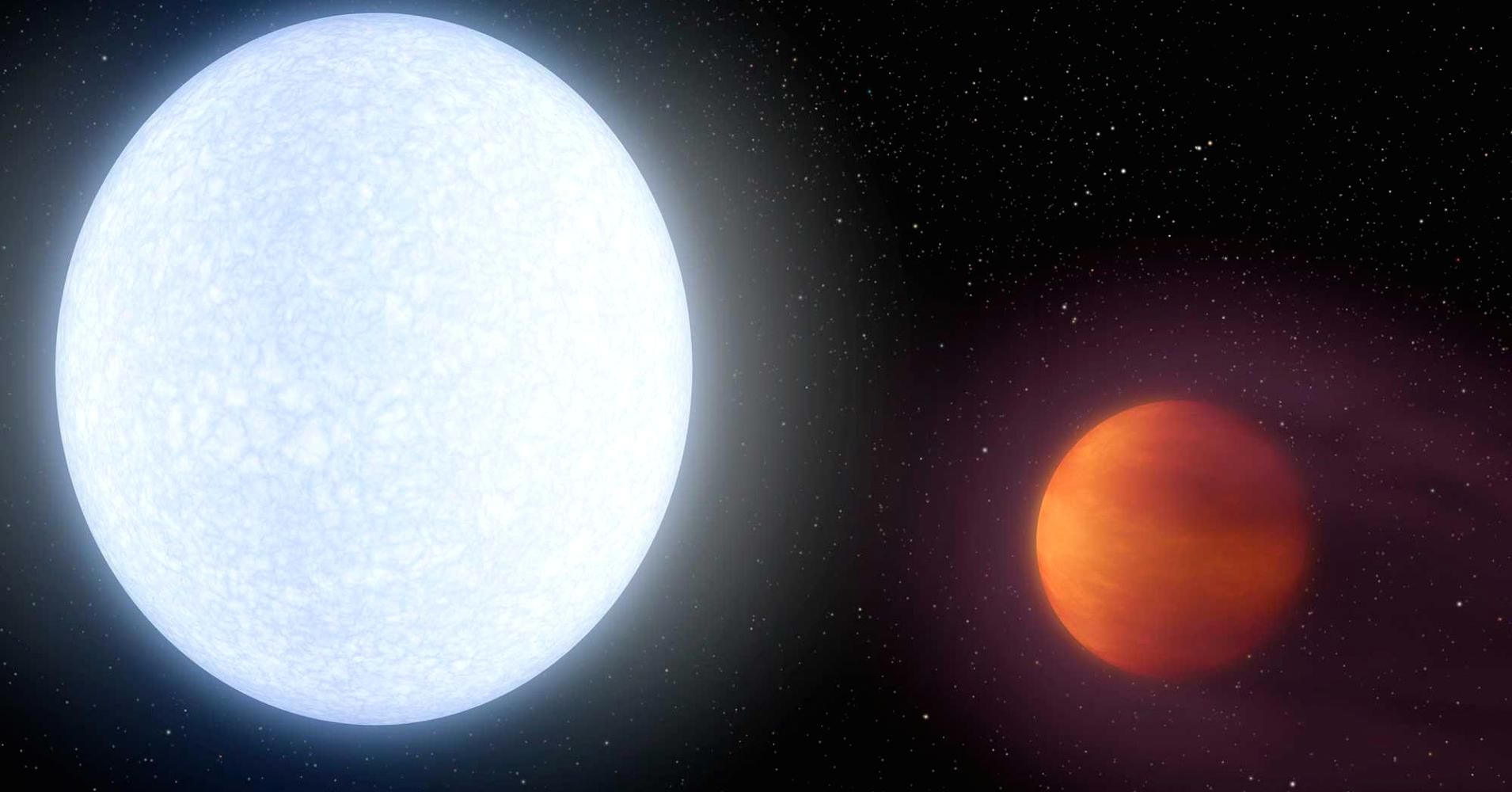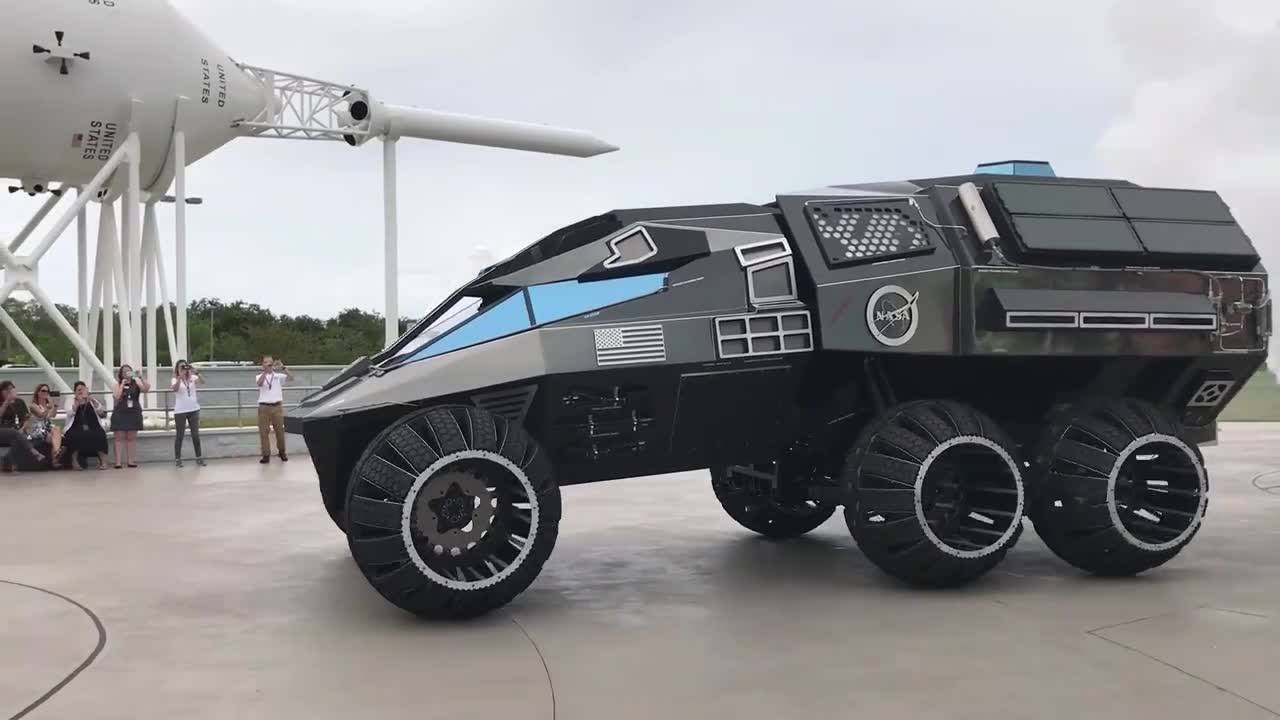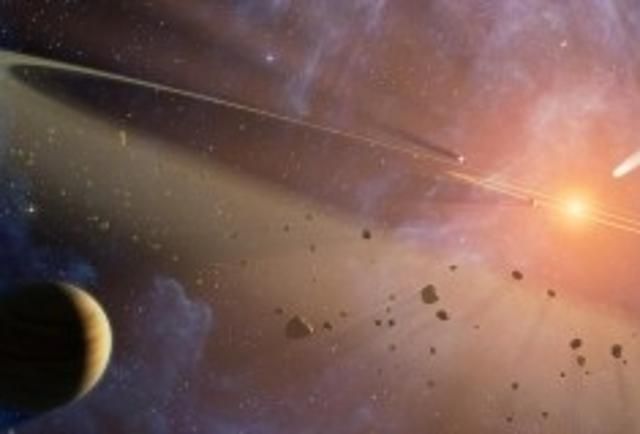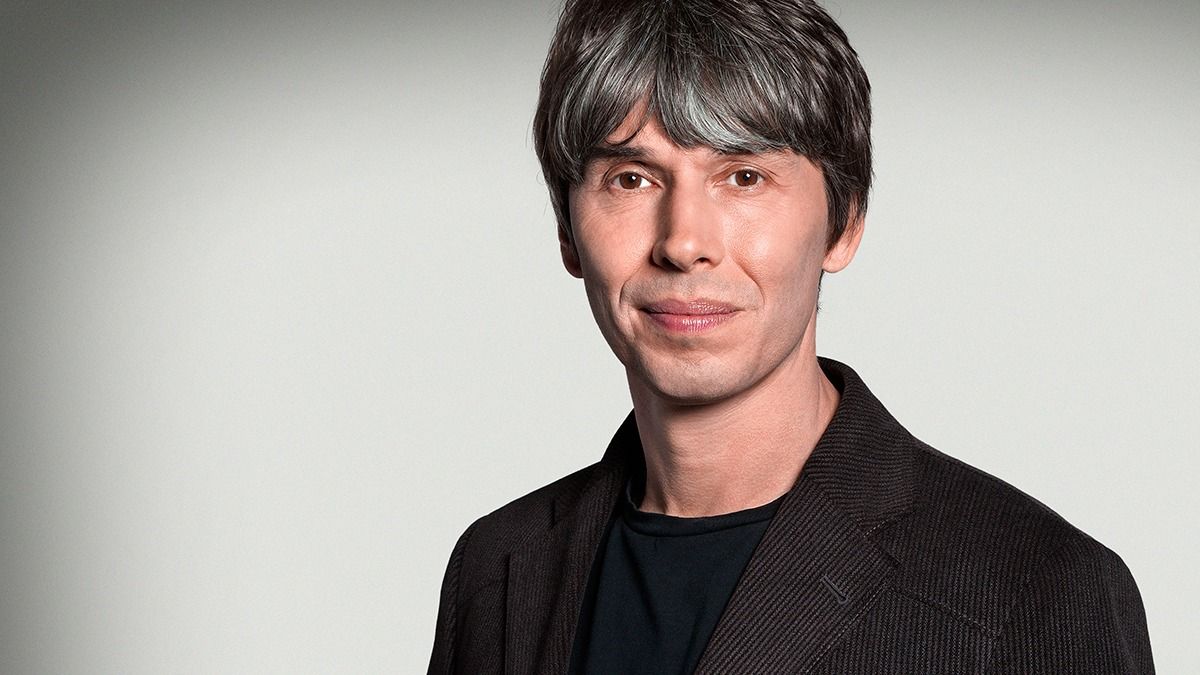June 6 (UPI) — Our galaxy and its neighbors exist in a sort of cosmic void, research suggests. The latest analysis supports the conclusion of a 2013 study which showed the Milky Way exists in a region of the universe sparsely populated by galaxies, stars and planets.
The new research — presented this week at the annual American Astronomical Society meeting — also helps bridge the divide between astronomers torn by competing measurements of the Hubble Constant, the rate at which the universe is expanding.
Different groups of astronomers have developed different techniques for measuring the Hubble Constant, with each method yielding different numbers.
Continue reading “Our galaxy exists in a cosmic void, study shows” »

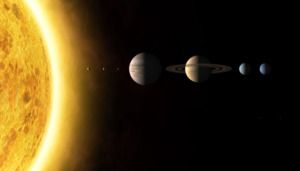 What’s wrong with this illustration of the planets in our solar system? »
What’s wrong with this illustration of the planets in our solar system? »
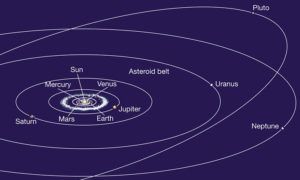 So, forget it lining up with anything, except on rare occasions, when it crosses the equatorial plane. On that day, you might get it to line up with one or two planets.
So, forget it lining up with anything, except on rare occasions, when it crosses the equatorial plane. On that day, you might get it to line up with one or two planets.
 Space is mostly filled with—well—space! Lots and lots of it. In fact, if Pluto and our own moon were represented by just a single pixel on your computer screen, you wouldn’t see anything around it. Even if you daisy chain a few hundred computer screens, you will not discern the outer planets. They are just too far away.
Space is mostly filled with—well—space! Lots and lots of it. In fact, if Pluto and our own moon were represented by just a single pixel on your computer screen, you wouldn’t see anything around it. Even if you daisy chain a few hundred computer screens, you will not discern the outer planets. They are just too far away.